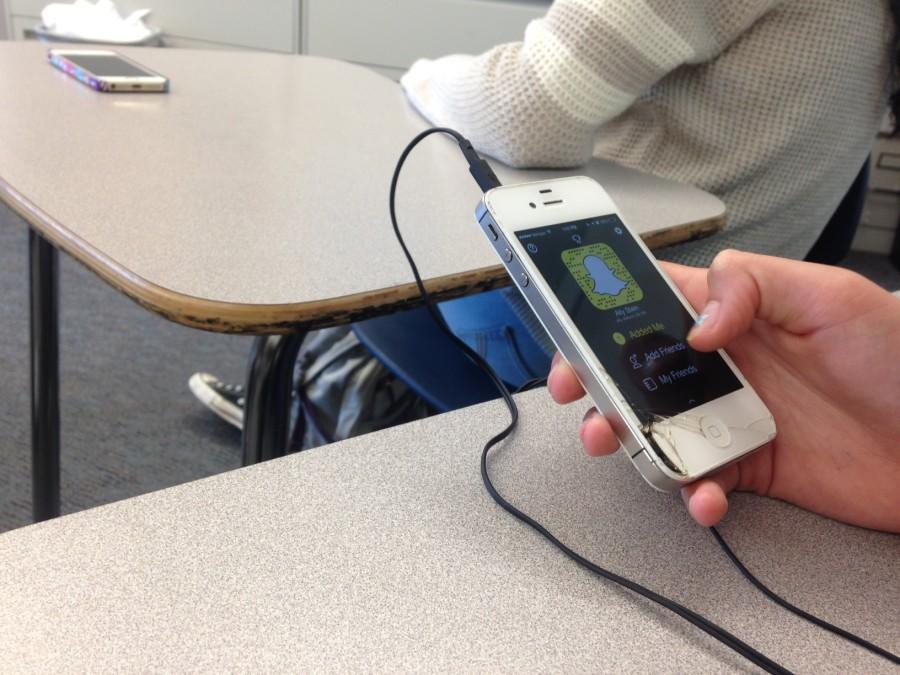After multiple weeks of students not being able to access Snapchat through the school Wi-Fi, the firewall against the app has been removed.
A few weeks into the school year, students realized that Snapchat was not functional while phones were connected to the school Wi-Fi network. It quickly came to attention that a firewall had been put up against Snapchat. Recently, this ban was taken down, once again giving students the ability to send and receive countless selfies while on campus Wi-Fi.
The firewall was initiated on Aug. 24. Last Thursday, journalism Video Editor and senior Elena Mateus published a broadcast video on ScotCenter about why Snapchat was blocked, and how students felt about it.
District Director of Instructional Technology Robert Fishtrom, said that “Snapchat was unblocked because the video demonstrated the educational usage.”
Within 24 hours of posting the video, the firewall was removed. According to Fishtrom and Carlmont Principal Ralph Crame, the app was reestablished because a compelling argument was provided, and the value of Snapchat on campus was proven.
When asked about the effectiveness of the firewall, both Fishtrom and Crame said that placing the firewall has proven to be somewhat beneficial to the situation.
“Although the firewall does not prevent the access of Snapchat through data usage, there is no real way to completely block any form of technology, because students will always find a back door,” said Fishtrom.
Crame stated that he does not have any issues with students using Snapchat on campus, and that social media usage is acceptable during passing periods, lunch, and before and after school.
“I understand that students want to connect with each other, with their families, and with friends that live far away,” said Crame.
Snapchat had originally been blocked on school Wi-Fi because of a bullying incident that took place during the first week of school. It occurred in another school in the district, but resulted in a district-wide ban.
Sequoia Union High School District schools are required to follow the rules imposed by The Children’s Internet Protection Act (CIPA). According to the Federal Communications Commission, CIPA states that “schools and libraries subject to CIPA are required to adopt and implement an Internet safety policy addressing the safety and security of minors when using electronic mail, chat rooms and other forms of direct electronic communications.”
In regards to Snapchat’s accessibility, Fishtrom said that it is not likely to be re-blocked in the foreseeable future, and that if another issue does arise, it is possible that the district will block the app’s usage of Wi-Fi only from the phone of the instigator.
As the issue of cyber bullying and the misuse of social media continues to grow, so does the importance of educating students about online awareness.


